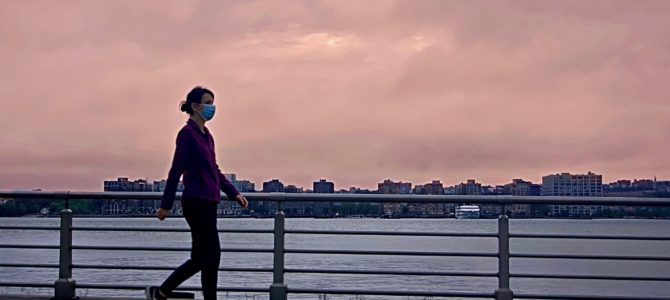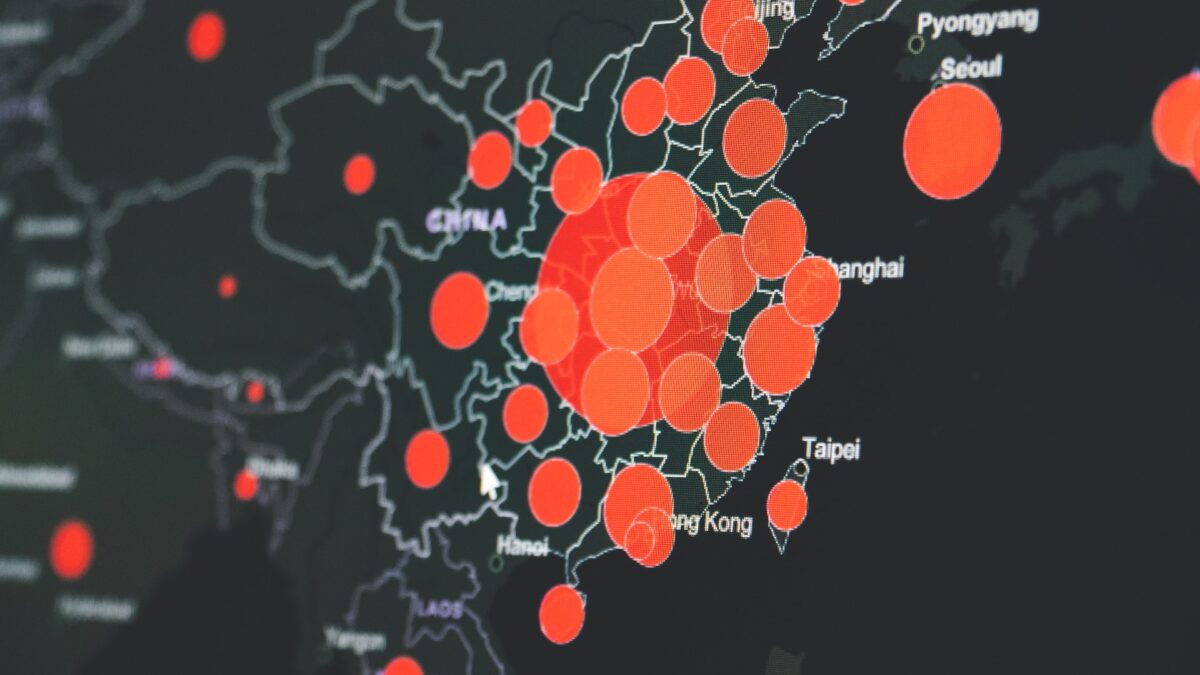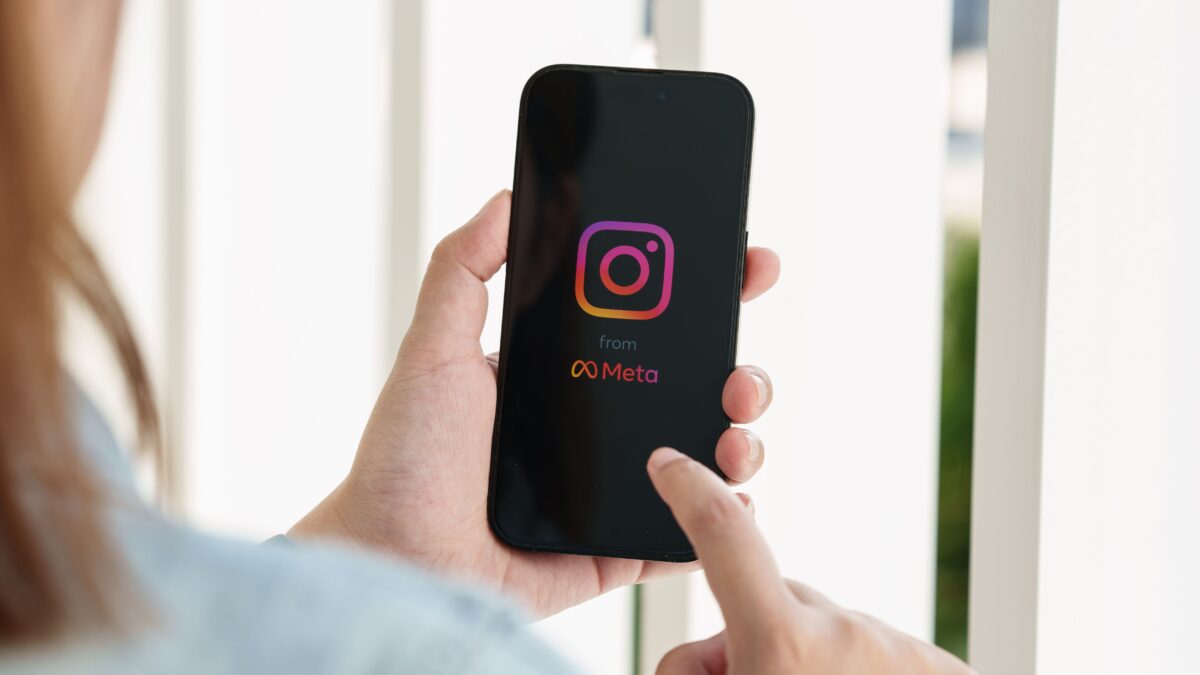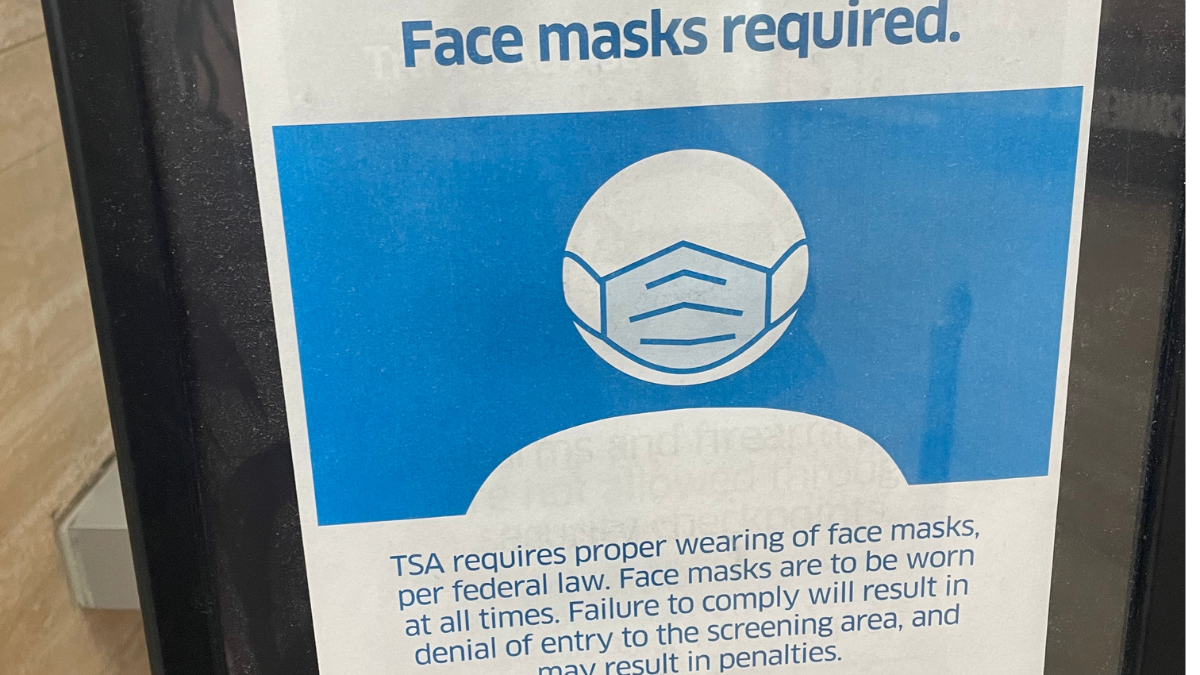While U.S. governors and elected officials issued mandates requiring people to wear masks during exercise and playing sports, the World Health Organization highly suggests avoiding a face covering while participating in physical activity.
“FACT: People should NOT wear masks when exercising, as masks may reduce the ability to breathe comfortably,” WHO advises on its COVID-19 mythbusters page.
Not only does the WHO say that “sweat can make the mask become wet more quickly which makes it difficult to breathe,” but it also said that the collection of sweat on mask material “promotes the growth of microorganisms.”
Instead of masks, WHO suggests at least three feet of distance between those who are playing sports or exercising.
Multiple studies have also suggested that the use of face masks during strenuous physical activities takes a toll on the body.
One study, published in Clinical Research in Cardiology, found that “cardiopulmonary exercise capacity and comfort are reduced by surgical masks and highly impaired by FFP2/N95 face masks in healthy individuals.”
The study measured the pulmonary function parameters and comfort of the 12 men when they were no mask, a surgical mask, and an N95 mask.
“Medical face masks have a marked negative impact on cardiopulmonary capacity that significantly impairs strenuous physical and occupational activities,” the study results state. “In addition, medical masks significantly impair the quality of life of their wearer. These effects have to be considered versus the potential protective effects of face masks on viral transmissions.”
Another study published in the Asia-Pacific Journal of Sports Medicine, tracked the heart rate of 23 people from different sporting backgrounds who wore surgical masks while walking on a treadmill for six minutes at four kilometers per hour.
The study notes that while “contact sports, even without spectating crowds, pose an infection risk, exercising with face-masks significantly increase in physiological demand.”
“Those participating in exercise need to be aware that facemasks increase the physiological burden of the body, especially in those with multiple underlying comorbidities,” the study concluded.
While science about masks inducing physical stress during exercise is clear, the Centers for Disease Control and Prevention claims that people should wear masks for physical activity when social distancing isn’t possible, especially “for lower intensity sports.”
Even the CDC acknowledges, however, that “people who are engaged in high-intensity activities, like running, may not be able to wear a mask if it causes difficulty breathing.” As for kids in sports, the CDC says that is up to “parents, coaches, and sports administrators.”
Governors like Michigan’s Gretchen Whitmer mandated masks during organized sports and other forms of vigorous exercise shortly after she allowed the reopening of gyms in September. And as other states’ COVID-19 numbers begin to rise, more and more states such as Pennsylvania and North Carolina have cracked down, requiring players to sport a mask when they can’t maintain at least six feet of distance.
In October, North Carolina Gov. Roy Cooper mandated that all “indoor youth and amateur athletes” wear masks while playing sports. Shortly after his order, the North Carolina High School Athletic Association implemented a similar policy on its athletes, starting with high school volleyball players who are now required to wear masks at their practices, games, and other team-related activities.
“These materials should not be used as a substitute for medical or legal advice. Rather, they are intended as a resource for member schools to use in coordination with applicable government and related institutional policies and guidelines, and they remain subject to further revision as available data and information in this space continue to emerge and evolve,” the directive stated.
Originally, the NCHSAA did not require masks for athletes actively engaged in practice or competition during a game.
The mask mandates in some of these states, however, have left confusion in their wake. While high school students and some athletes as young as five years old are now required to don a face covering when engaged in play, other professional and some college athletes are reportedly exempt from the orders.
In Michigan, the governor’s spokesperson said that the Detroit Lions are not required to wear masks on the field “to operate nothwithstanding any other provision of the order as long as they do so subject to a CDC compliant safety plan and without live audiences.”
In Pennsylvania, some professional sports teams such as the Steelers believed they were not required to follow Gov. Tom Wolf’s order because it stated that football players playing in masks “would likely create a medical issue.”
While the state maintained that there are exceptions to the mask order for athletes who might experience “respiratory issues that impede breathing, a mental health condition or a disability,” a paragraph was added to clarify that no one sport, team, or league would be getting special treatment.
“There are no exemptions for specific sports, leagues, teams, or levels,” the state’s health website said. “We know that some people don’t like masks. We are asking everyone to please give this their best effort so we can continue these activities and others as we all unite to fight COVID-19.”









